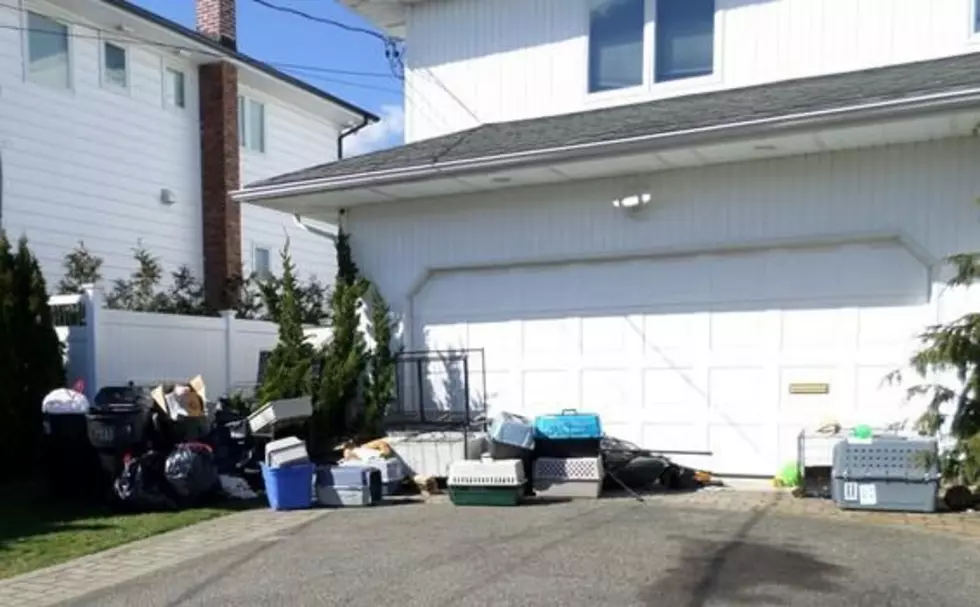
New Yorkers Pay The Most Money in the U.S. For This Winter Issue
According to new data, New Yorkers pay more money than any other state for this common Winter problem that could affect your home and wallet this week.
In 2018, New Yorkers paid more money for Winter water losses, including frozen pipes and ice dams, than any other state in the United States, according to 2018 State Farm Claims data.
New York claims in the past year totaled over $37.2 million, with the average cost per claim at $27,302, officials say.
Illinois, Tennessee, Maryland and Michigan were the other most expensive states when it came to winter water losses, according to State Farm.
Water pipes in homes with poor insulation may freeze or break when temperatures drop below 20 degrees, State Farm reports.
According to the National Weather Service, the Hudson Valley will see lows below 20 degrees every day until Sunday.
State Farm offered the following tips to help prevent your pipes from freezing:
When temperatures drop
- A trickle of hot and cold water might be all it takes to keep your pipes from freezing. Let warm water drip overnight, preferably from a faucet on an outside wall.
- Keep your thermostat set at the same temperature during both day and night.
- Open cabinet doors to allow heat to get to un-insulated pipes under sinks and appliances near exterior walls.
Before you travel
- Set the thermostat in your house no lower than 55°F (12°C).
- Ask a friend or neighbor to check your house daily to make sure it's warm enough to prevent freezing.
- Shut off and drain the water system.
If you experience frozen pipes
- If you turn on your faucets and nothing comes out, leave the faucets turned on and call a plumber.
- Do not use electrical appliances in areas of standing water to avoid electrocution.
- Never try to thaw a pipe with a torch or other open flame because it could cause a fire hazard.
- You may be able to thaw a frozen pipe using a hair dryer. Start by warming the pipe as close to the faucet as possible, working toward the coldest section of pipe.
- If your water pipes have already burst, turn off the water at the main shutoff valve in the house; leave the water faucets turned on. Make sure everyone in your family knows where the water shutoff valve is and how to open and close it.
- New Yorkers Pay The Most Money in US For This Winter Issue
- Many Catholics Want Gov. Cuomo Excommunicated From Church
- New York Passes 'Historic' Child Victims Act
- MGM Set To Open Huge Casino in Hudson Valley
- Parts of The Hudson Valley Could See 10 Inches of Snow
- Hudson Valley Man Killed in Drive-by Shooting, 4 Arrested
- 12 Immigrants Fired From Trump Golf Course in Hudson Valley
- Two Raped and Sexual Assaulted Teen in Hudson Valley
- Road Collapses in Hudson Valley
More From Hudson Valley Post









